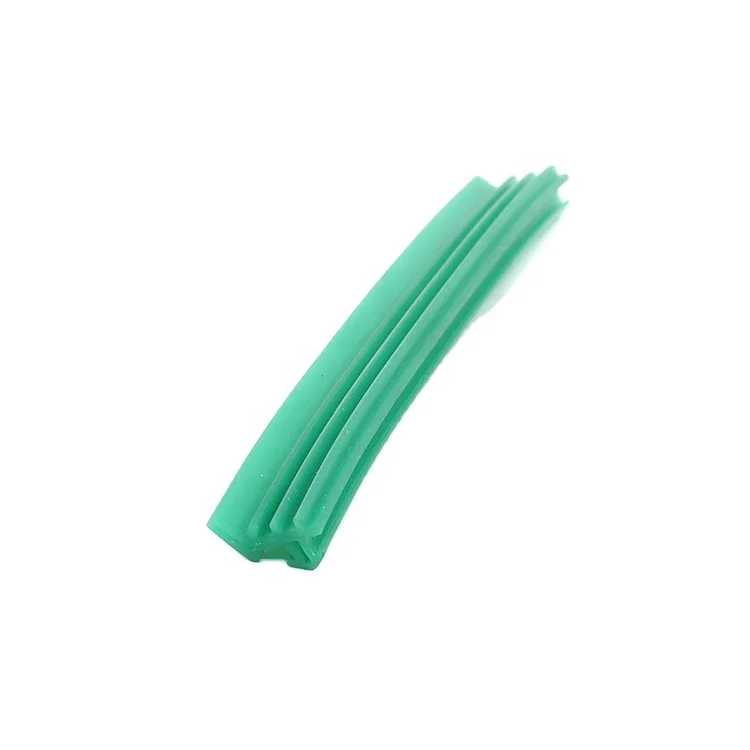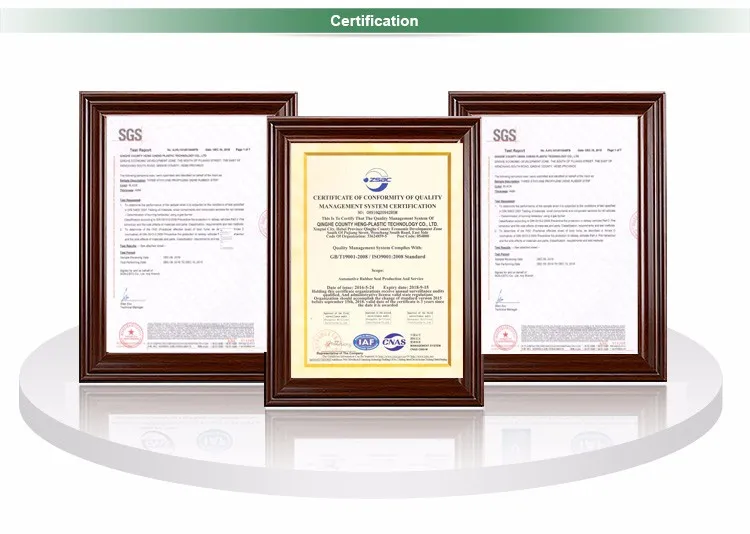The installation process involves several meticulous steps. First, installers must mount solar panels securely onto roofs or ground-mounted systems, ensuring they can withstand various weather conditions. This task often requires a variety of tools and specialized equipment, emphasizing the need for proper training and safety precautions. After the panels are installed, the installer connects them to the inverter, which converts the direct current (DC) electricity produced by the panels into alternating current (AC) electricity for household use. Finally, the system is connected to the electrical grid or battery storage, completing the setup.
 Home
Home










